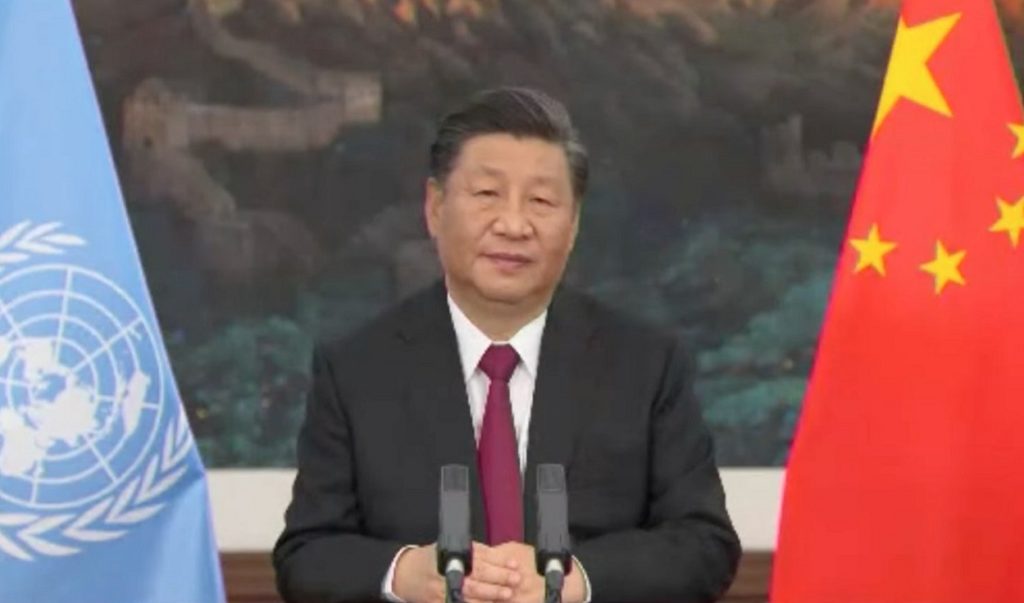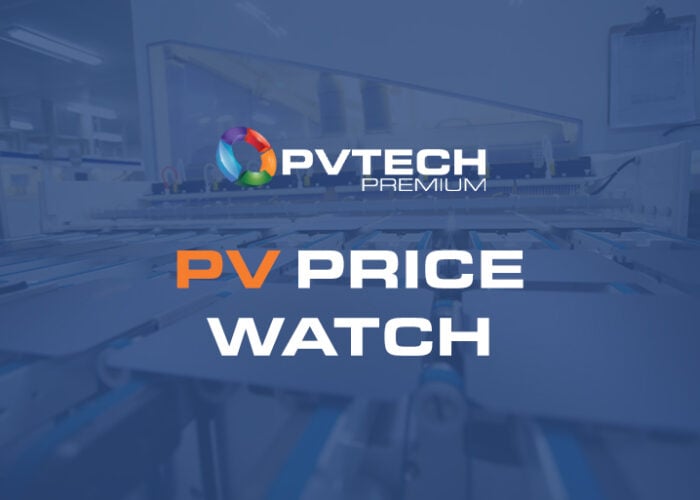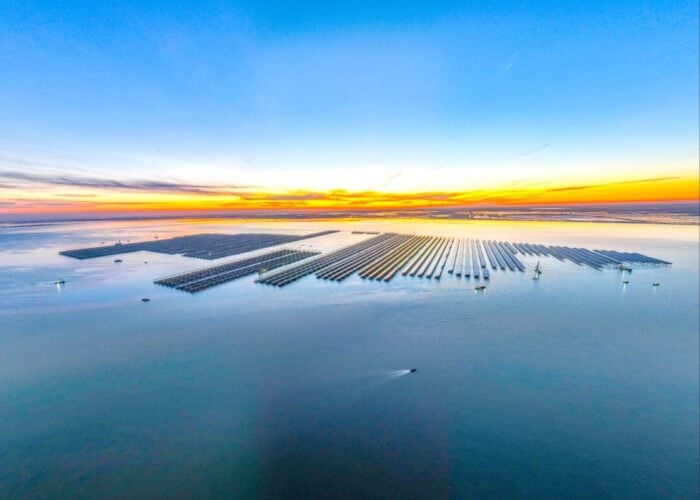
China has today submitted its highly anticipated and long awaited nationally determined contribution (NDC) to the United Nations that has committed to a renewable energy capacity of 1.2TW by 2030.
However, the plan has been condemned by climate organisations that say it represents little ambition or progress from its last NDC in 2016.
Try Premium for just $1
- Full premium access for the first month at only $1
- Converts to an annual rate after 30 days unless cancelled
- Cancel anytime during the trial period
Premium Benefits
- Expert industry analysis and interviews
- Digital access to PV Tech Power journal
- Exclusive event discounts
Or get the full Premium subscription right away
Or continue reading this article for free
China had publicly committed to having 619GW of solar by 2030 and its updated NDC has committed to 1.2TW of renewables in total, more than double its current level of 535GW, according to documents submitted to the UN.
The world’s largest carbon polluter has committed to peaking emissions by 2030 and achieving carbon neutrality by 2060, a target which many had hoped would be brought forward to 2050 in the run up to the COP26 climate summit in Glasgow.
While the targets contained in the new NDC are an improvement on the 2016 submission, they are no more ambitious than the objectives put forward by Chinese President XI Jinping at the Climate Action Summit hosted in the UK last December.
The country’s NDC said it will lower its carbon intensity by more than 65% by 2030 from 2005 levels, and increase its share of non-fossil fuels in its energy mix to around 25% by 2030.
“Despite massive reductions in the cost of clean technology and worsening climate impacts globally, China hasn’t clearly committed to reduce emissions in the 2020s in these new targets. This is disappointing and a missed opportunity,” said Nick Mabey, CEO of environmental thinktank E3G.
Yesterday (28 October), PV Tech Premium broke down the key players at the conference and reported that China was the one to watch at COP26, with analysts hopeful that the country would be more ambitious in its climate targets.






